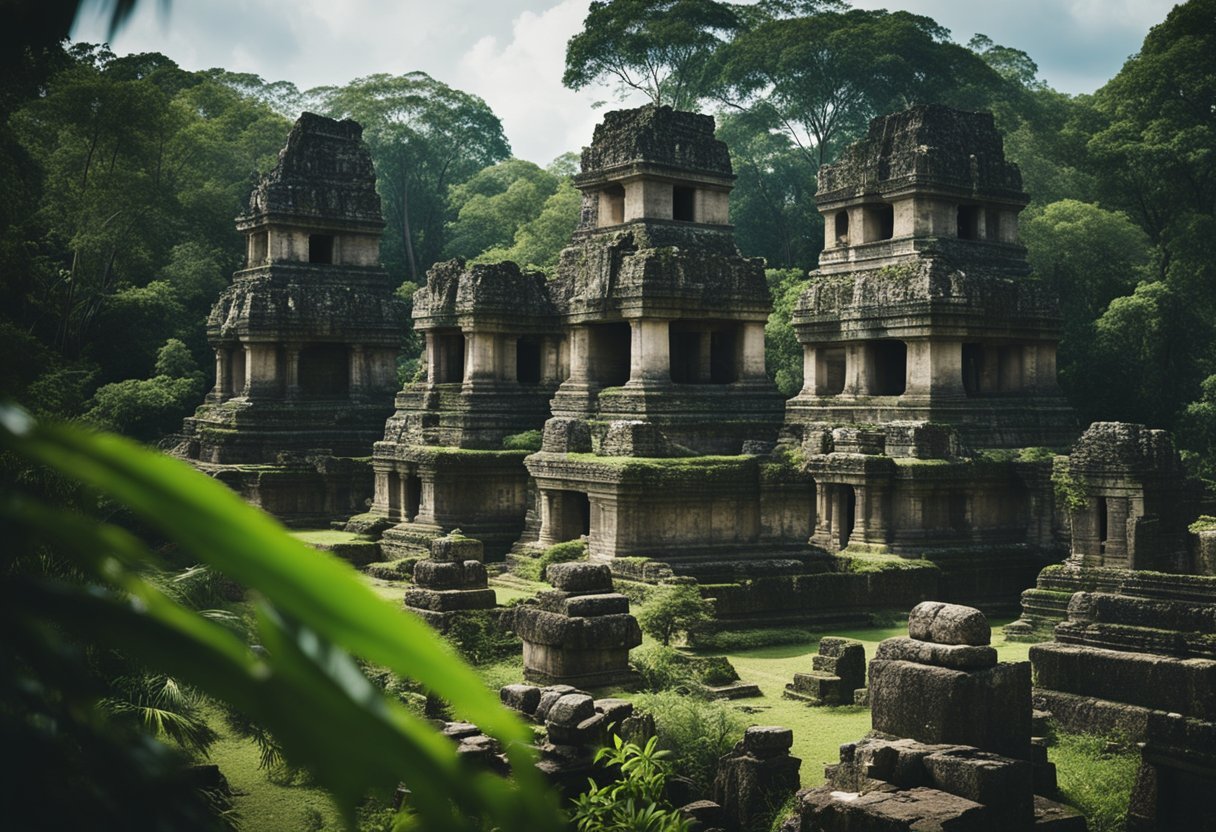The Maya civilization, famous for its impressive achievements in writing, mathematics, and astronomy, continues to intrigue people around the world. Their monumental cities and sophisticated culture once flourished across southern Mexico and Central America. However, the reason behind the sudden and dramatic collapse of this brilliant civilization remains one of history’s greatest mysteries.
Archaeologists and historians have debated various theories about why this thriving society disappeared around A.D. 900. Factors such as severe droughts, environmental degradation, and internal strife have all been considered. Despite extensive research, a single definitive explanation has yet to emerge, keeping the mystery alive and fascinating.
Beyond the ruins of their grand cities, the legacy of the Maya offers rich insights into understanding humanity’s past. The enigma surrounding their downfall invites readers not just to explore historical facts, but also to ponder the vulnerabilities that even the most advanced civilizations can face.
Historical Context

The Maya civilization, renowned for its grandeur and advancements in various fields, experienced a significant rise before mysteriously collapsing. This section explores the height of their civilization and their remarkable cultural and scientific achievements.
The Height of Mayan Civilization
At its peak, the Maya civilization thrived in the regions now known as southern Mexico, Guatemala, Belize, Honduras, and El Salvador. The period between A.D. 250 and 900, known as the Classic Period, represents the zenith of Mayan power and influence.
During this time, the Maya constructed impressive cities with grand pyramids, palaces, and plazas. City-states like Tikal, Palenque, and Copán became the centers of political and economic activity. These cities were interconnected through a complex network of trade routes, facilitating the exchange of goods, ideas, and cultural practices.
Cultural and Scientific Achievements
The Maya civilization made monumental strides in various scientific and cultural fields. They developed one of the most sophisticated writing systems in pre-Columbian Americas, with glyphs used for recording historical events and daily activities. Their epic texts and inscriptions provide valuable insights into their history and society.
In mathematics, the Maya introduced the concept of zero long before many other civilizations. Astronomy was another area where they excelled. The Maya created highly accurate calendars, such as the Haab’ and the Tzolk’in, which governed agricultural activities and ritual events. Monumental observatories were built for celestial observations, further showcasing their astronomical prowess.
The Maya also produced intricate art and pottery, reflecting their rich mythology and daily life. Their architectural marvels, such as the step pyramids and elaborate temple complexes, stand as testaments to their engineering skills and aesthetic sensibilities.
Theories of Decline
Multiple factors likely contributed to the collapse of the Mayan civilization, ranging from environmental changes to internal sociopolitical turmoil and external invasions.

Environmental Change and Drought
One prevailing theory suggests that significant climate change, particularly prolonged droughts, played a critical role. Studies indicate the Maya experienced several severe droughts during their decline.
These droughts would have drastically reduced water sources and agricultural output, leading to food shortages.
Deforestation, exacerbated by the Maya’s need for resources, likely worsened these conditions. This environmental stress made sustaining their dense populations increasingly difficult. Furthermore, the lack of water and food would have directly impacted the health and stability of the society, potentially leading to mass migrations and abandonment of cities.
Sociopolitical Turmoil
Internal sociopolitical issues also likely fueled the Maya’s downfall. Evidence points to increased warfare and conflict among city-states during their decline. As competition for limited resources grew, so did tensions between neighboring regions.
Elite rivalries often led to power struggles and destabilized political structures, further weakening their ability to respond to crises. Some records show that commoners revolted against the ruling elite, exacerbating the instability. This division eroded the societal cohesion necessary for large-scale projects like reservoir maintenance and trade networks.
As city-states crumbled from within, it became increasingly hard for the Mayan civilization to unite against external threats or recover from environmental disasters.
Invasive Foreign Entities
Invasions and interactions with foreign entities also had a hand in the Maya’s collapse. Evidence shows that foreign groups, including the Toltec, influenced or invaded various Maya regions during their decline.
These invasions brought new strains on already weakened systems. The northern cities like Chichen Itza show clear evidence of Toltec influence, illustrating how significant these interactions were.
While these invaders sometimes integrated elements of Maya culture, they also disrupted traditional practices and power structures. This contributed to the overall instability and fragmentation, hastening the civilization’s decline.
By combining all these factors, we get a clearer picture of why such a sophisticated society could fall so dramatically.

